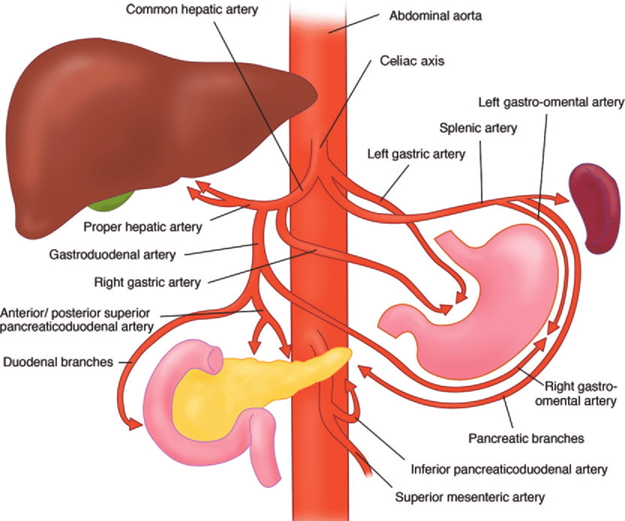A primary immune response, and a secondary immune response:
Occurs only in children; occurs only in adults.
Is very rapid in producing antibodies after exposure to antigens; is very slow in producing antibodies after exposure to antigens.
Produces antibodies within five to ten days of exposure to antigens; produces antibodies within a day or two of subsequent exposure to the same antigen.
Is very important; is less important to the body’s ability to protect itself.
The Correct Answer is C
It explains that the primary immune response produces antibodies within five to ten days of exposure to antigens, while the secondary immune response produces antibodies within a day or two of subsequent exposure to the same antigen.
This is because the primary immune response involves the activation and differentiation of naive B cells into plasma cells and memory cells, while the secondary immune response involves the rapid activation of memory cells into plasma cells.
Choice A is wrong because the primary and secondary immune responses can occur in both children and adults.
Choice B is wrong because the primary immune response is slower than the secondary immune response in producing antibodies.
Choice D is wrong because both primary and secondary immune responses are important for the body’s ability to protect itself from pathogens.
The primary immune response generates immunological memory, while the secondary immune response provides a faster and stronger response to repeated infections.
Nursing Test Bank
Naxlex Comprehensive Predictor Exams
Related Questions
Correct Answer is C
Explanation
The conversion of fibrinogen to fibrin by thrombin is the final step in the formation of a blood clot.
Fibrin is a protein that forms a net-like structure that traps platelets and other blood cells, making the clot stronger and more durable.
Choice A is wrong because the formation of a prothrombin activator is the first step in the formation of a blood clot.
A prothrombin activator is a complex of enzymes that converts prothrombin to thrombin.
Choice B is wrong because the conversion of prothrombin to thrombin by the prothrombin activator is the second step in the formation of a blood clot.
Thrombin is an enzyme that converts fibrinogen to fibrin.
Choice D is wrong because tissue damage is not a step in the formation of a blood clot, but a trigger for the clotting process.
When blood vessels are injured, they release substances that activate platelets and clotting factors.
Correct Answer is A
Explanation
The celiac artery supplies blood to the liver, spleen, and stomach.

It is one of the three major branches of the abdominal aorta, along with the superior mesenteric artery and the inferior mesenteric artery.
The celiac artery divides into three branches: the left gastric artery, the splenic artery, and the common hepatic artery.
Choice B is wrong because the brachiocephalic artery is a large vessel that arises from the aortic arch and supplies blood to the right side of the head and neck and the right arm.
It has no connection to the liver or spleen.
Choice C is wrong because the renal arteries are paired vessels that arise from the abdominal aorta and supply blood to the kidneys.
They are located below the superior mesenteric artery and above the inferior mesenteric artery.
Choice D is wrong because the tibial arteries are branches of the popliteal artery that supply blood to the lower leg and foot.
They are located in the posterior and anterior compartments of the leg.
The normal range of blood pressure in the celiac artery is about 100-120 mmHg systolic and 60-80 mmHg diastolic.
The normal range of blood flow in the celiac artery is about 200-300 ml/min. The normal diameter of the celiac artery is about 5-7 mm.
Whether you are a student looking to ace your exams or a practicing nurse seeking to enhance your expertise , our nursing education contents will empower you with the confidence and competence to make a difference in the lives of patients and become a respected leader in the healthcare field.
Visit Naxlex, invest in your future and unlock endless possibilities with our unparalleled nursing education contents today
Report Wrong Answer on the Current Question
Do you disagree with the answer? If yes, what is your expected answer? Explain.
Kindly be descriptive with the issue you are facing.
